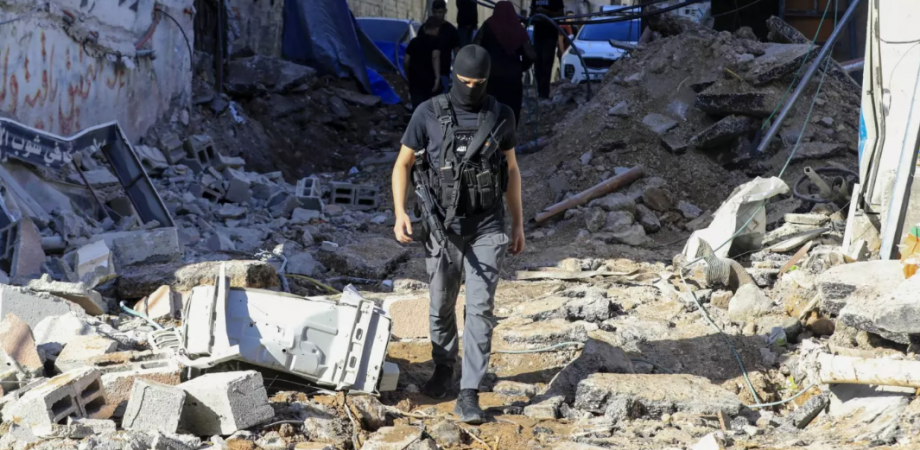In the northern West Bank, the refugee camps of Jenin, Tulkarem, and Nur Shams are being transformed beyond recognition as bulldozers and explosives reduce homes and facilities to rubble. Entire streets and neighbourhoods have vanished, leaving what local residents describe as ghost towns. Witnesses and analysts warn that these operations are part of a broader strategy to reshape the camps under the guise of security measures, forcibly displacing thousands and restricting the return of previous inhabitants.
According to local experts, the campaigns in these camps, launched in January, are designed to fragment the social fabric of communities long established after 1948. Families who once lived side by side for generations now face permanent expulsion, with conditions imposed that prevent the rebuilding of homes, the presence of UNRWA, or any form of political activity. Roads are being widened and camps redesigned into residential blocks, erasing historical layouts and symbols tied to Palestinian identity. Analysts describe the measures as a deliberate effort to undermine both the physical and symbolic existence of the camps, while maintaining control over who may return.
Observers emphasise that these actions go far beyond military necessity. Entire populations have been displaced, cultural and social networks disrupted, and the camps militarised to prevent residents from reclaiming their homes. Experts caution that the aim is not only to alter the physical landscape but to weaken claims to the right of return, leaving residents dependent on external authorities. Despite these pressures, grassroots resistance persists, with communities and aid agencies striving to maintain basic services and preserve the memory and identity of the camps.
Source : Safa News




